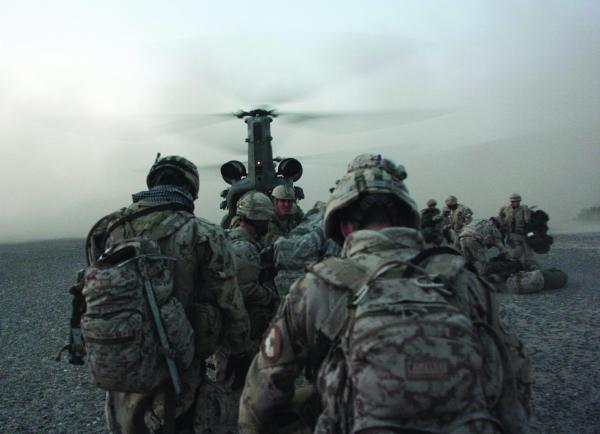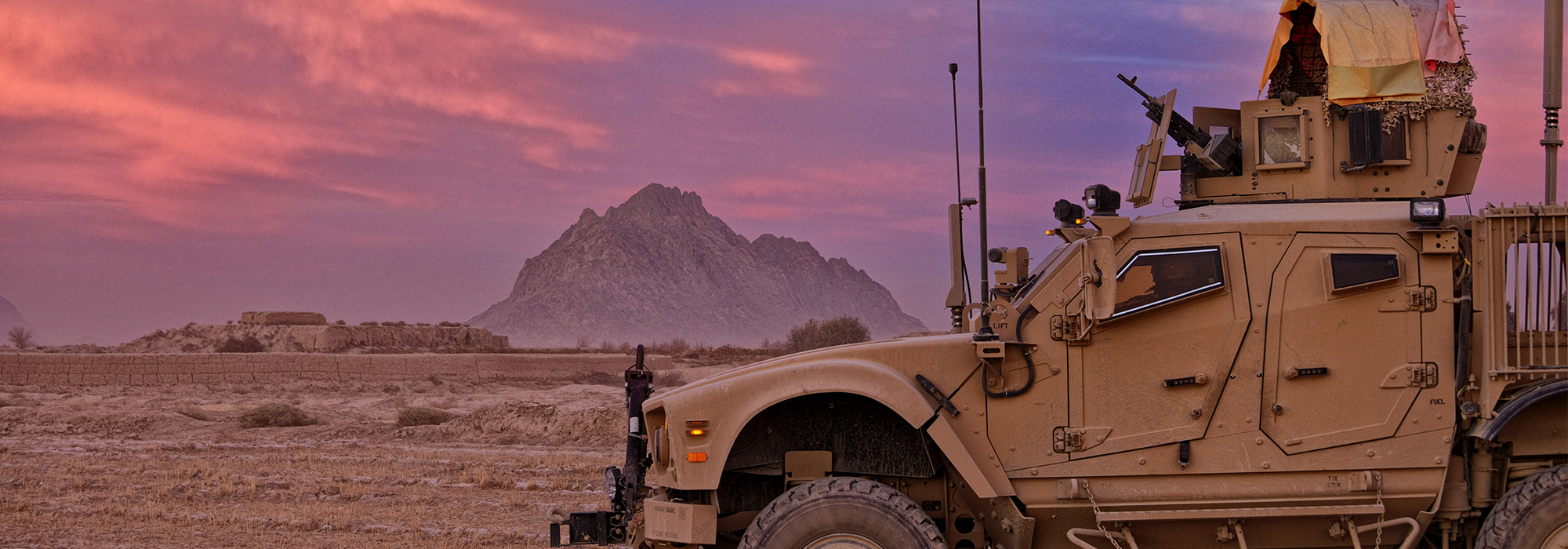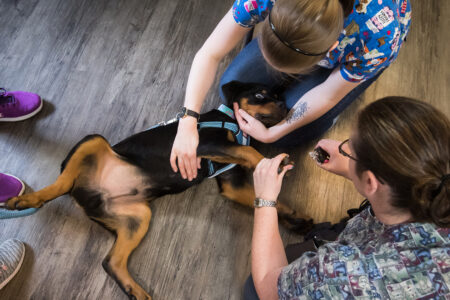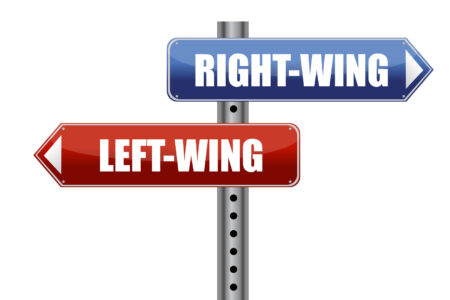
It is shameful that so few lessons have been learned from Canada’s experiences in Kandahar, Afghanistan. Some “after-action” reports were written, of course, but these generally failed to document what led to the wide array of failures — as well as some successes — in the south of the country, where over a decade of fighting by foreign forces is winding down with so little resolved. Our engagement in a war that killed 158 Canadian soldiers, one diplomat and uncounted thousands of Afghans has thus far had to make do with piecemeal investigations, such as the inquiries into leaked memos and abused inmates that hinted at serious failures throughout the political, military and civilian systems. But we have yet to fully reckon with the Canadian experience in Afghanistan.
The vacuum will therefore embrace Graeme Smith’s The Dogs Are Eating Them Now: Our War in Afghanistan, a book that covers Canada’s bloody time battling an insurgency and trying a hand at reconstruction from 2006 to 2011. A reporter for the Globe and Mail who spent years traipsing across Afghanistan’s vast, sweltering southern region, Smith has written both a tragic love story, for a country that he cares for deeply, and an indictment of a mission that lacked clear goals and the tools needed to fulfill them. He shares this theme in the first page, writing that “we lost the war in southern Afghanistan and it broke my heart.”
Smith’s sorrow should be shared. We sent off young Canadians, armed with little more than simple truths, to fight and rebuild a deeply complicated and fragile country. At times they —and those who sent them — made mistakes. But throughout his telling, Smith avoids finger wagging or a war-weary pox on all, and instead paints a picture of how a collision of cultures and goals led to tragedy.
I worked alongside Smith over the course of a year, while stationed at the Provincial Reconstruction Team base in Kandahar City. We did not always see things the same way, but I counted him among those I trusted and I always enjoyed his company (this was of course something that my Privy Council Office counterparts would generally give me a hard time about). Smith’s style was to obsessively focus on the details of a story, preferring on-the-ground reporting to the grandiose narratives of nation-building. He would tackle claims head-on, investigating areas of the province that were off limits to most foreigners.
Of course, this could be frustrating when he refused to believe the story we were selling. But Smith’s version is written in a way that readers will have come to expect from his journalism — honest, gripping, but without melodrama, and hugely insightful. He touches on the absurd — no one can read about the campaign for poppy eradication without smiling at the lunacy of the task — but always sees logic in the Afghan view of events. And, unlike many of his Western colleagues, he has avoided being seduced into recreating his war experience as a personal journey. For Smith, the real story is about the Afghans, and the foreigners who once again arrived expecting to be able to change them.
The Dogs Are Eating Them Now generally follows a chronology of Smith’s reporting from the Kandahar region, where he was embedded with Canadian, American and British troops. Indeed the book is not entirely Canada-focused, which no doubt raises its commercial appeal in the US and the UK (where Afghanistan continues to receive much more attention) but also makes for a more interesting read. Smith’s account makes clear that while Canada more than carried its weight in southern Afghanistan, a proper understanding of the region’s dynamics requires going beyond the Canadian experience. He uses a dozen key incidents in the conflict as jumping-off points for wider reflection, and in so doing shows a knowledge of the country and its inner workings that puts Canada’s intelligence community to shame.
There are times when it feels like Smith is almost too easy on those he’s covering. For example, the book goes through a fascinating account of the Sarposa prison break in 2008, when hundreds of prisoners escaped, many of whom were accused of being senior members of the Taliban (it’s hard to know for sure if they were — many were still awaiting trial when they escaped). After a brazen assault that overwhelmed prison guards and left a monstrous hole where the front gate used to be, the attackers drove away many of the incarcerated combatants in waiting minibuses. Other inmates wandered away through the nearby fields.
The incident was not only a security concern, but also an enormous loss in terms of intelligence assets. Smith explains the wider system failures that led to the escape and notes that the former prison chief, who was being mentored by Canadians at the time, was thrown in jail as a conspirator. Yet he refuses to hold anyone from the international community to account for the failure to foresee this monumental security failure. At the very least, could some lessons not have been drawn at the time, which might have prevented the next break-in at the very same prison just three years later?

Critics who would have preferred Smith to be harder on the military leaders might wonder if the reason for his caution can be traced to his status as an embedded reporter with those troops he was covering. But I have no reason to believe that being surrounded by his interview subjects, and sometimes dependent on them for his survival, is behind this less confrontational path. Rather, the book’s tone suggests it is more likely that Smith has come to expect very little from within the ranks of the military and civil service, almost as though they could not have been expected to do better because they were not smart enough, and their systems were never good enough.
Sadly, in some cases, that is probably true. But the cost of the war — in lives especially but also to Canadian taxpayers — warrants better answers and more accountability. This is a fundamental principle of good governance and a healthy democracy. We have every right to hold people responsible for their failures. Unsurprisingly, despite years of trying, my own efforts to convince the Canadian International Development Agency to produce an annual “failure report” were completely futile. (I know of only a few organizations that write one, including Engineers Without Borders Canada.)
The honesty of Smith’s reflections of his early years in Kandahar is refreshing. It not only reveals a more human touch but also helps others learn from his mistakes. Just as Smith has been forced to come to terms with his own shortcomings in his early days in Afghanistan, surely we should seek to better understand our missteps if we are to avoid them in the future.
At home, there are those who celebrated the war as a “Highway to Heroes” montage. I certainly do not seek to take that away from the families who lost loved ones in Afghanistan (I lost friends there). But it has become too hard to separate the respect we hold for our soldiers (embraced and exploited with enthusiasm by people all along the political spectrum) and the mission itself. Surely this was more than just Canada’s “Sorry about Iraq, now let’s kiss and make up” message to Washington, or how we showed our alliance bona fides to those in Brussels. I was — and to some extent I remain — a believer in Canada’s mission. But what did we really hope to achieve there? And was our participation well thought out, or more along the lines of “act now, think later”?
We sent off young Canadians, armed with little more than simple truths, to fight and rebuild a deeply complicated country.
My view is a partial one, but walking through the streets of Kandahar City back in 2008, it was clear to me that we did not understand the province, or how it really worked. The political economy was, as a result, too complicated for us to navigate. “We’re taking the fight to the enemy,” commanders would say. “Which enemy?” I couldn’t help but wonder.
We also need to ask tough questions on the reconstruction side. The quarterly reports to Parliament, openly mocked by journalists and civil -servants alike, suggested great progress in Kandahar. And in fact, I witnessed much of this progress. Seeing businesses opening, girls graduating from high school or mothers smiling during a polio vaccination campaign is a powerful motivator. But the core question — what was it we were building? — was never satisfactorily answered. Was the plan to build a few schools and vaccinate a few kids? Or was it to stand with the best Afghanistan had to offer and help it build a functioning democracy?
Unfortunately, Smith rarely discusses the role foreign donors have played in development terms. Where it is covered, the implication is that the work was slow and full of blunders. Yet he also argues that, despite the laundry list of sins committed by Western governments, if the Afghan government is to ultimately gain the upper hand against Taliban forces, “foreign money needs to continue flowing.”
This is a sound conclusion, even if the case for it is not totally made in the book. It is a conclusion I share, and it is this fact that makes the Harper government’s decision to ratchet down aid to Afghanistan following the pullout of our troops so disappointing. Canadians hear a lot about the failures of development, but Afghanistan’s story is actually filled with a number of bright spots, including — but not limited to — massive educational achievements and health gains.
But Canadians never got a sense of how, over a span of perhaps decades, Afghanistan was going to change through the slow work of building institutions that respond to the needs of the people they are designed to serve. We never fully understand the role that Canada was supposed to play in this process. Sadly, without a wider narrative about Afghanistan, all Canadians had to judge the mission by was a few optimistic official podcasts (some of which I produced) and some heavily politicized press releases.
We need more of the clear-eyed analyses on Afghanistan that Smith provides. Myths are tremendously powerful and unfortunately, as Canadians, we have allowed a mythology to take hold: of heroic soldiers and saintly aid workers, rather than of fallible human beings who chased a poorly defined mission to a frayed end. Smith lets us see Afghanistan as a real place, not one of misty-eyed tributes between periods of Hockey Night in Canada, nor through the utterances of politicians. It is a brutal story, sharply told.
Photo: Nate Derrick / Shutterstock







